
Versatility is a single word that sums up the Mikado-type steam locomotive. This 2-8-2 wheel arrangement became the “one size fits all” in terms of mass usage across North America’s railroads. When it also came to bridging the gap in advanced steam technology at the turn of the 20th century, this locomotive type delivered. […]
Read More…
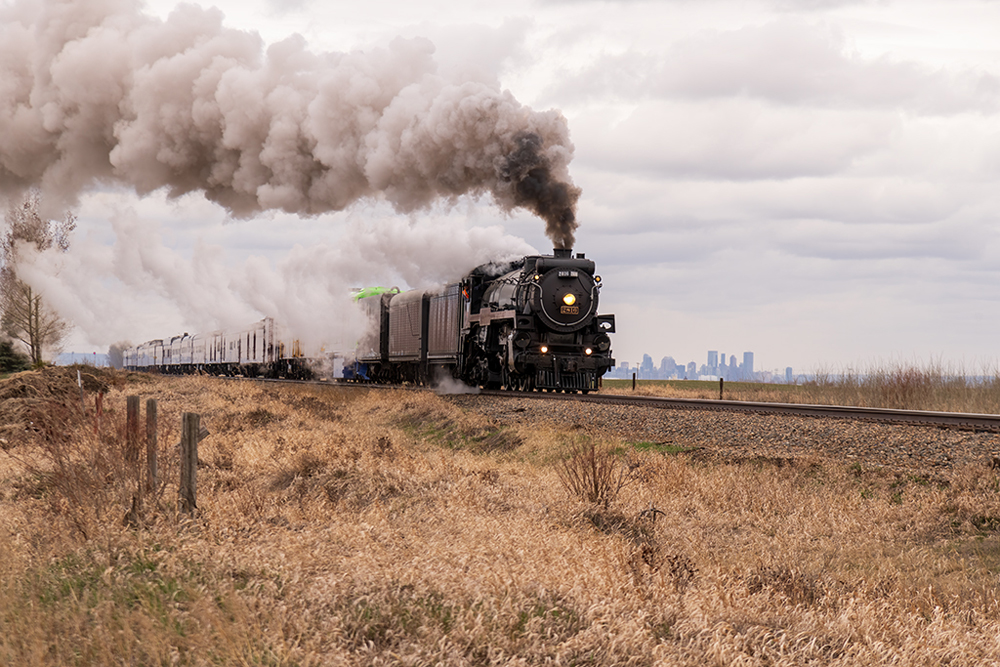
CPKC’s Final Spike Anniversary Steam Tour On April 29, 2024, Canadian Pacific steam locomotive No. 2816 crossed into the United States at Portal, N.D., for the first time in over a decade. The engine is powering a tour covering three countries to celebrate the anniversary of the Canadian Pacific and Kansas City Southern becoming the […]
Read More…
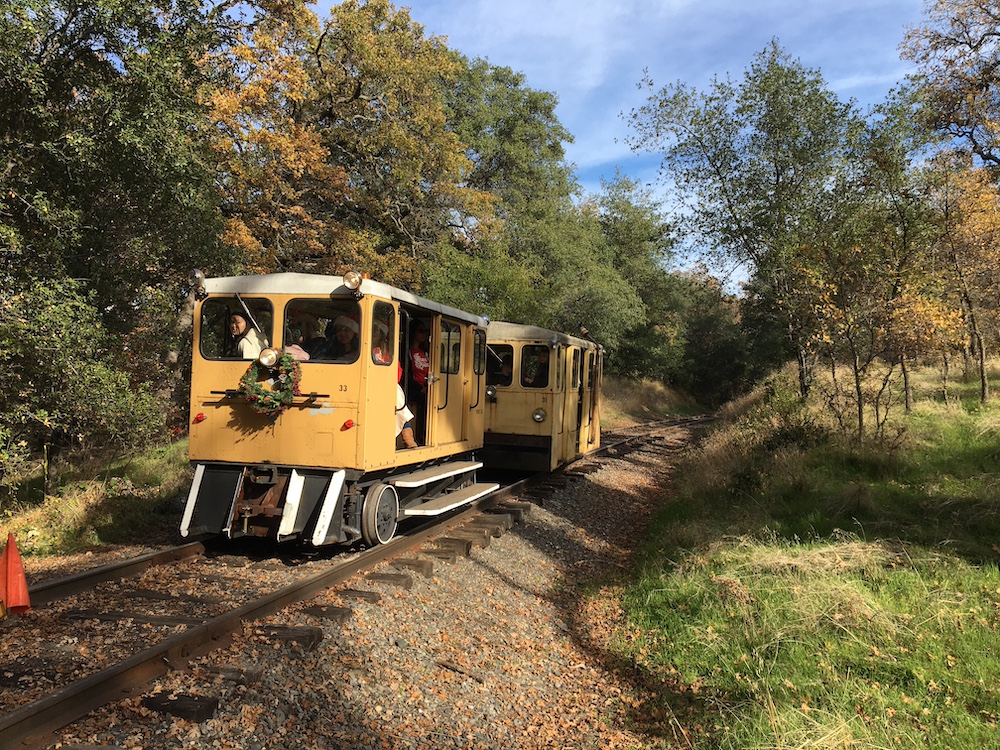
If history had played out differently, our motorcar ride this summer day in the wooded foothills of California’s Sierra Nevada would instead take place aboard Amtrak’s California Zephyr, instead of on Fairmont “track speeders.” The track would belong to Union Pacific, not a joint-powers authority. It’d be home to stack trains and AC engines. That’s […]
Read More…
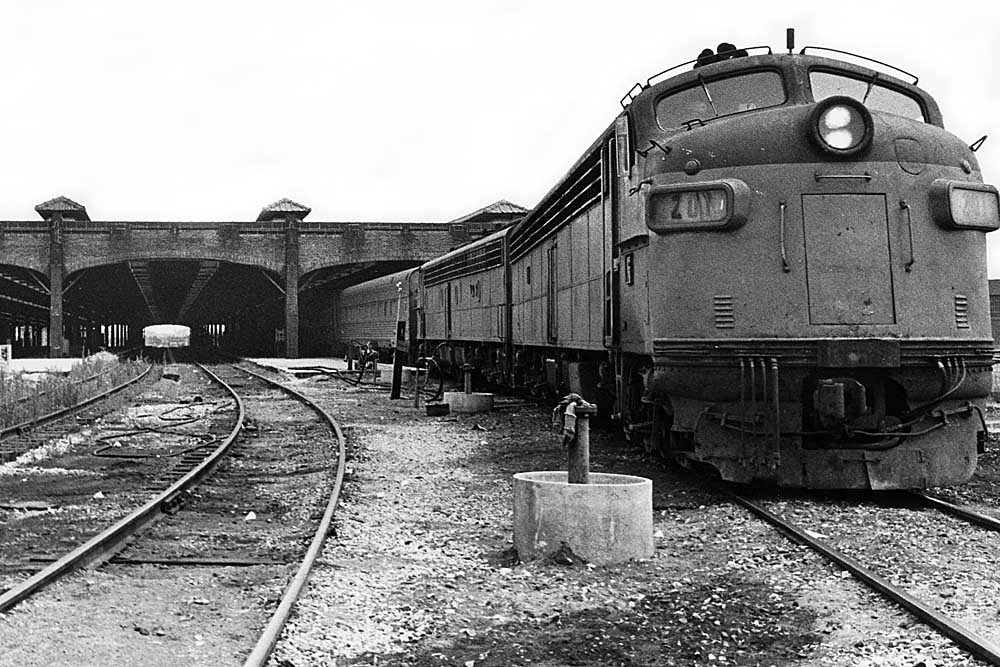
Amtrak Indianapolis services exhibit more than their share of tumult through Amtrak’s five decades. No single train has served the city during this time, and, in fact, the Hoosier State’s capital city had no Amtrak service from October 1979 to October 1980. Amtrak’s Indianapolis station is, and has been, located at 350 S. Illinois […]
Read More…
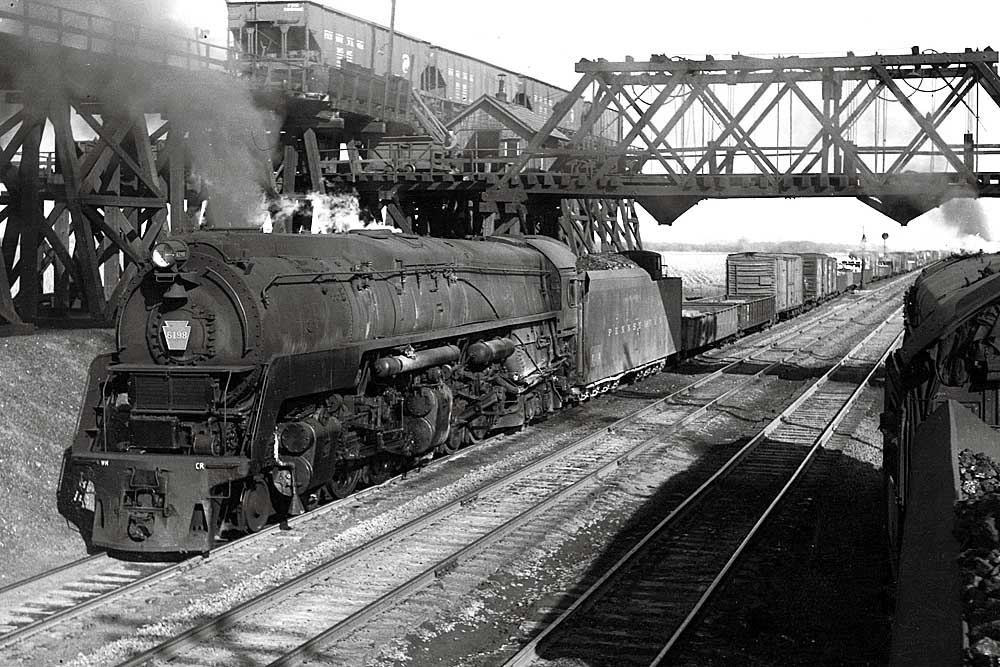
Like some railfan contemporaries, in recent weeks I’ve been going through decades of railroad stuff, seeing what I can get rid of and what I simply can’t live without. Tough choices. In the “can’t live without” category, anything with David P. Morgan’s name on it, or anything labeled “New York Central” or “C&EI.” In the […]
Read More…
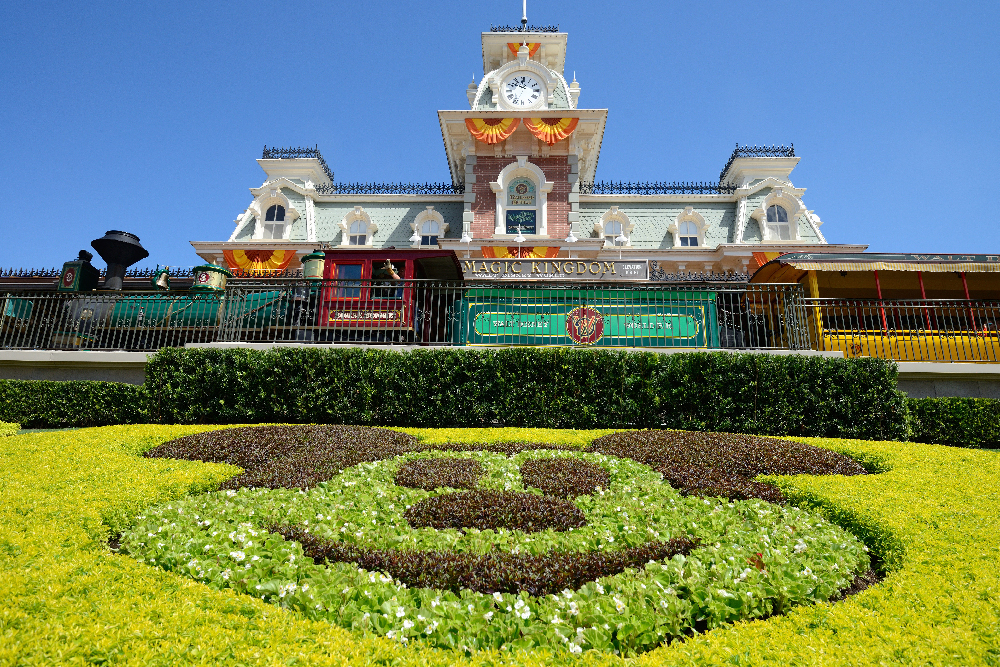
Walt Disney’s railroads It is no secret that Walt Disney loved trains. His passion for railroads runs to the time of his youth and can still be seen throughout today’s Disney empire. For Walt, as you will see, railroading was an early job — one that made him little money — but one that put […]
Read More…
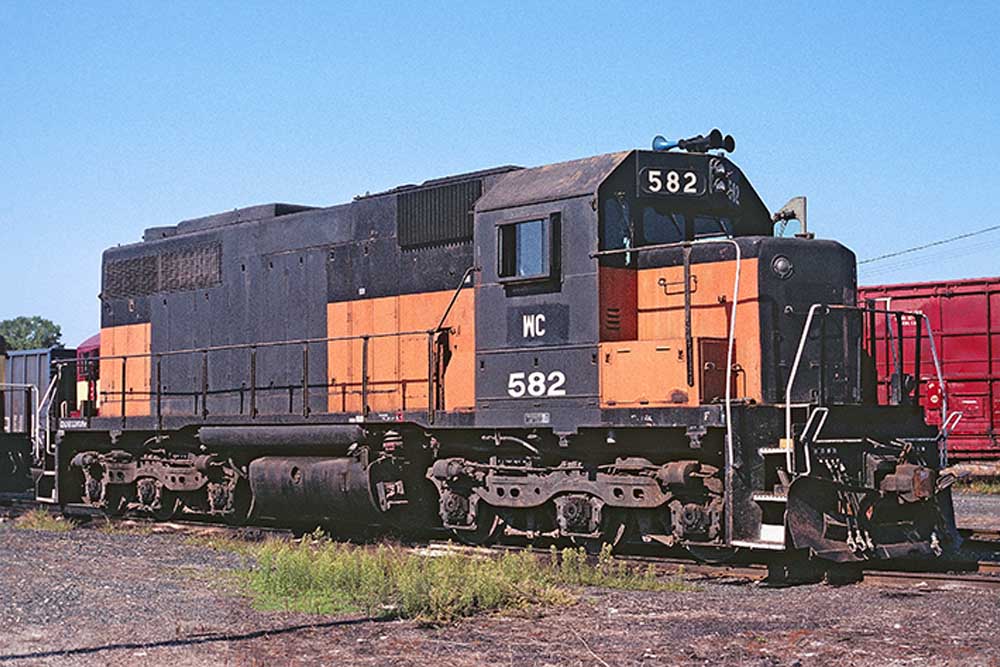
Milwaukee Road’s EMD SDL39 diesel locomotives came from the road’s desire to replace aging Alco RSC2 units in branchline service. The Milwaukee Road custom-ordered the lightweight SDL39 specifically for use on its light-rail branch lines. The railroad bought five of the locomotives in 1969, Nos. 581-585. It followed with an order for another […]
Read More…
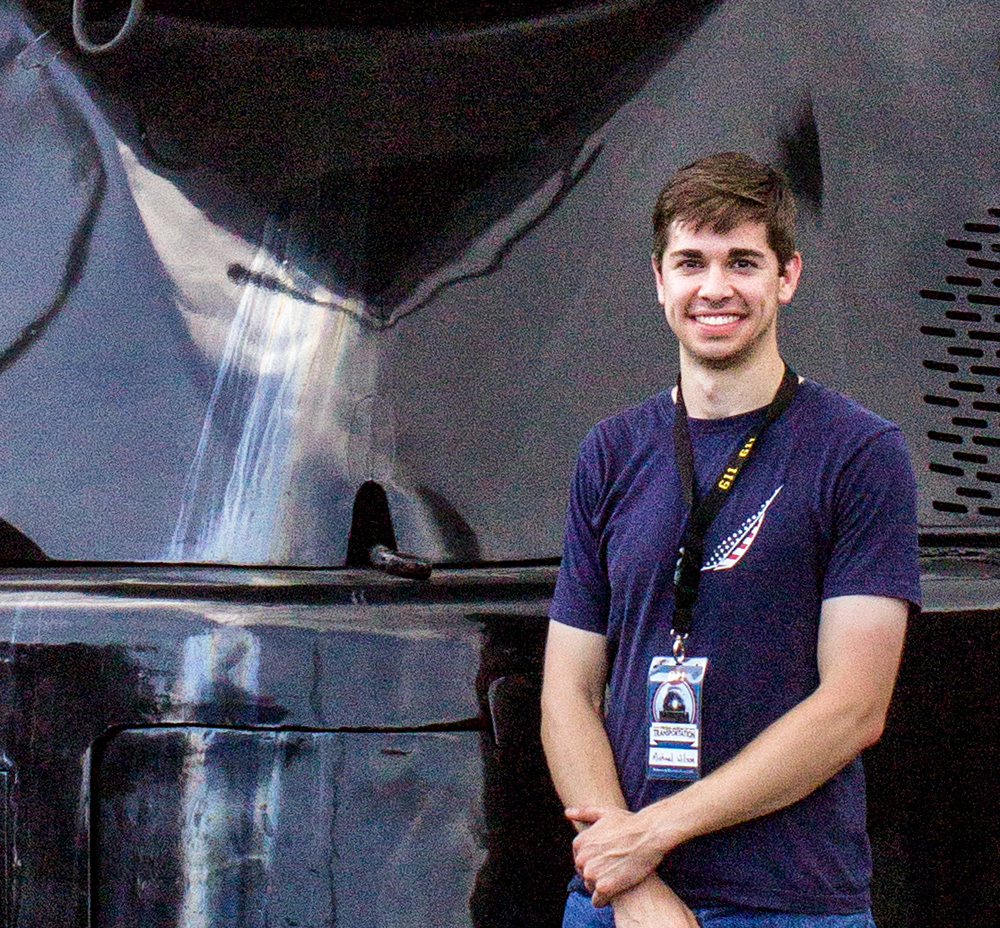
What was your first byline in Trains? Mike Wilson: My first byline in Trains was “Winter in Coal Country,” published in January 2022 featuring an in-depth look at the former Norfolk & Western, now Norfolk Southern, Pocahontas Division within the backwoods of southern Virginia and West Virginia. In my humble opinion, the Pocahontas Division serves […]
Read More…
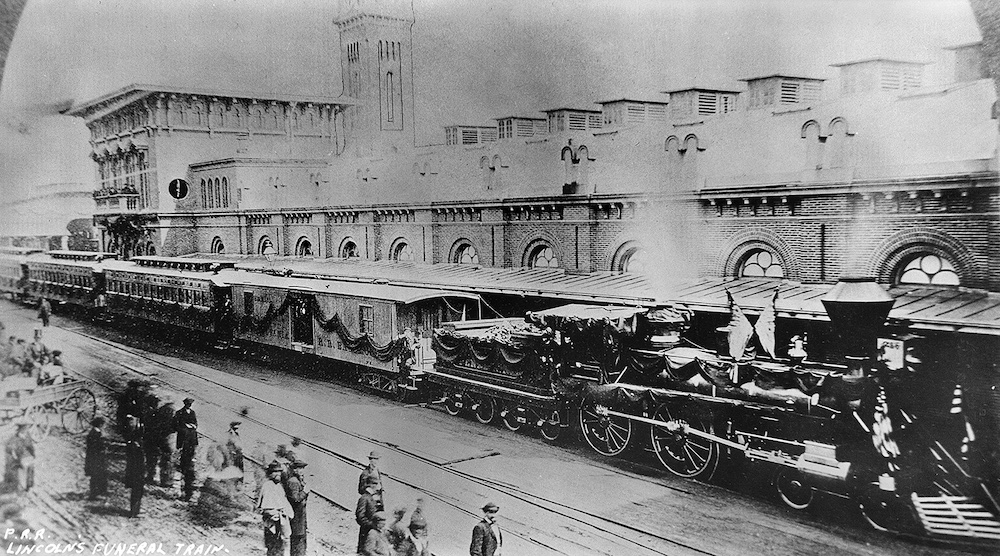
The assassination of Abraham Lincoln on April 15, 1865, sent a Civil War-battered country into 20 days of national mourning. At the center of it all was a black-draped train, slowly and sadly carrying the former commander in chief’s body from Washington, D.C. to his hometown of Springfield, Ill. The U.S. rail network is no […]
Read More…
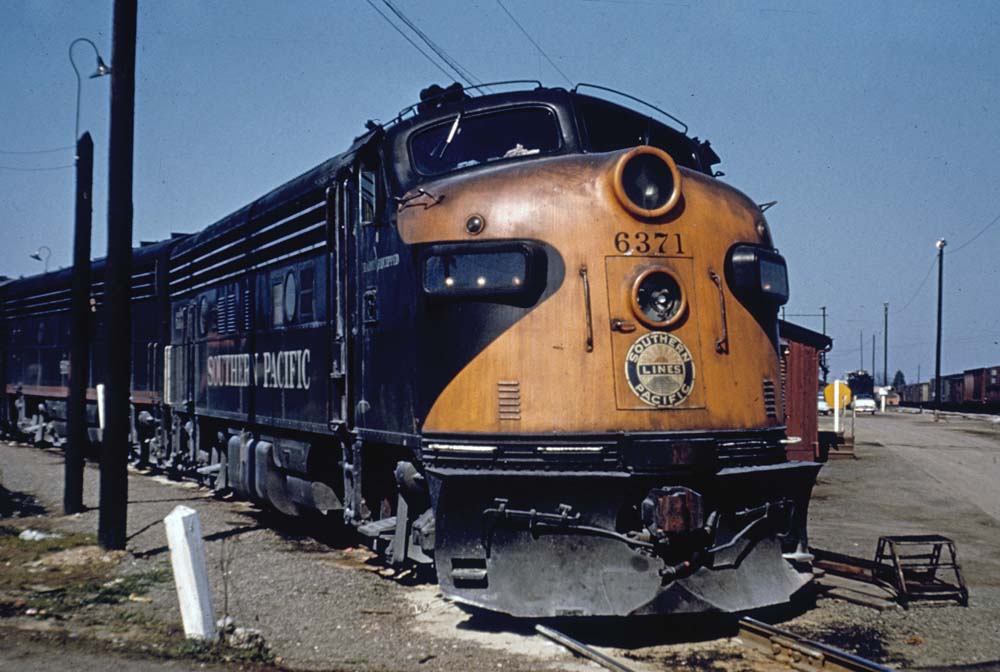
Southern Pacific In 2024, with few exceptions, we have seen the Class I railroads settle down on basic locomotive color schemes. BNSF, for example, moved from orange and green (H1) to orange and black with the introduction of the H4 paint scheme in March 2005. Union Pacific will always have Armour Yellow. But Southern Pacific […]
Read More…
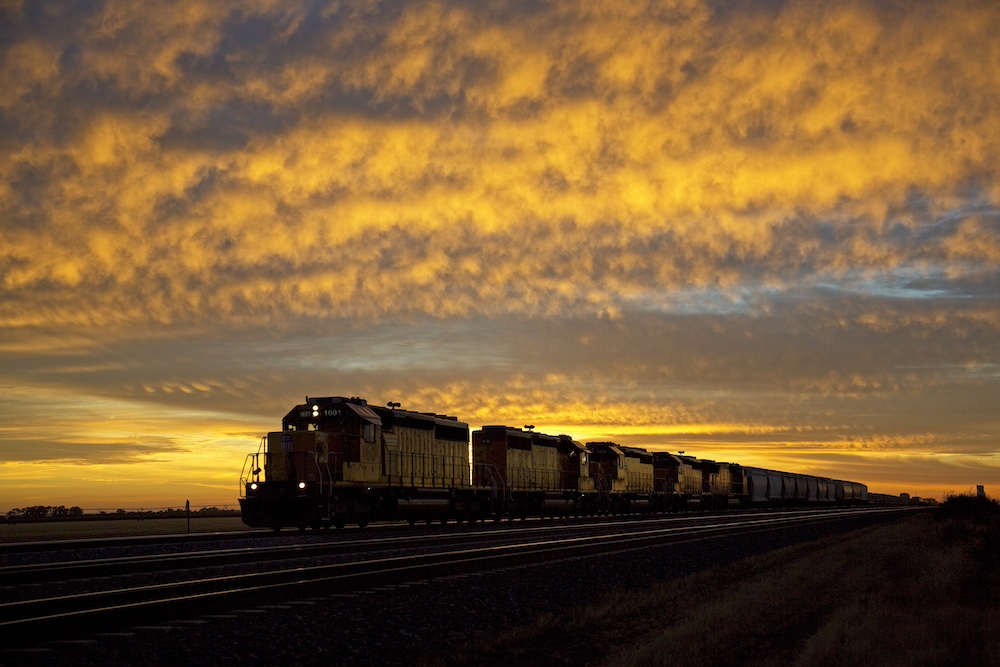
Nebraska’s U.S. Route 30 LOCATION: Trains Columnist Don Phillips prescribed driving Nebraska’s U.S. Route 30 along the Union Pacific main line as an antidote for the 1970s railroad blues (“Solace on Highway 30,” October 1978). For all that has changed in 45 years, the railroad is still Union Pacific and it always puts on a […]
Read More…
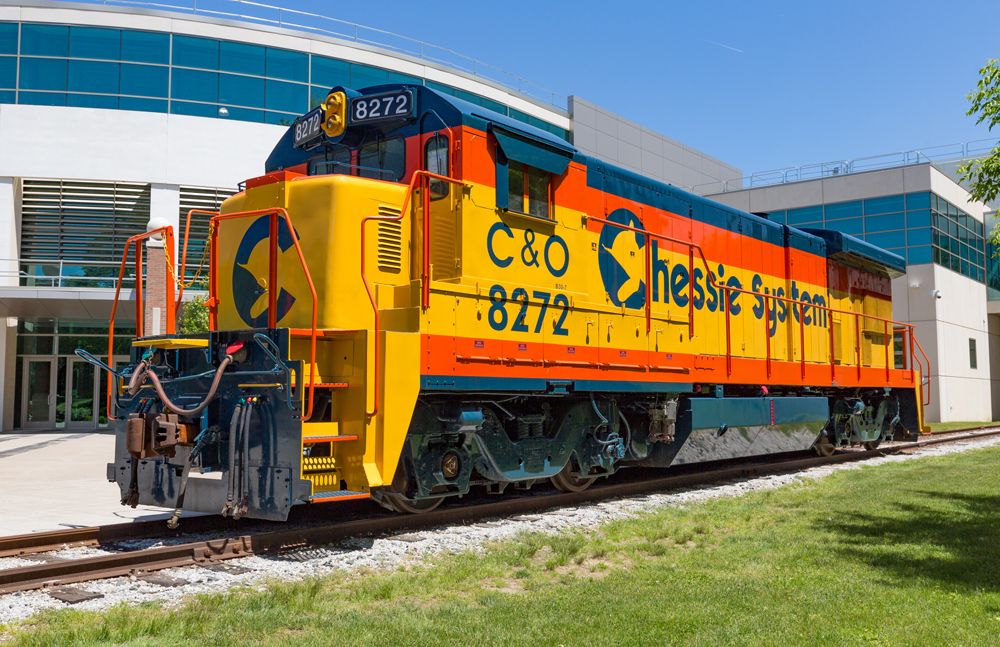
GE’s B30-7 In the late 1970s, General Electric introduced the B30-7, a 16-cylinder, 3,000-hp, four-axle locomotive designed for road service. Virtually identical externally to the B23-7 model offered at the same time, the B30-7 ended up with less orders, though it did sell more variations than its 12-cylinder, 2,250-hp cousin. The launch customer for the […]
Read More…












